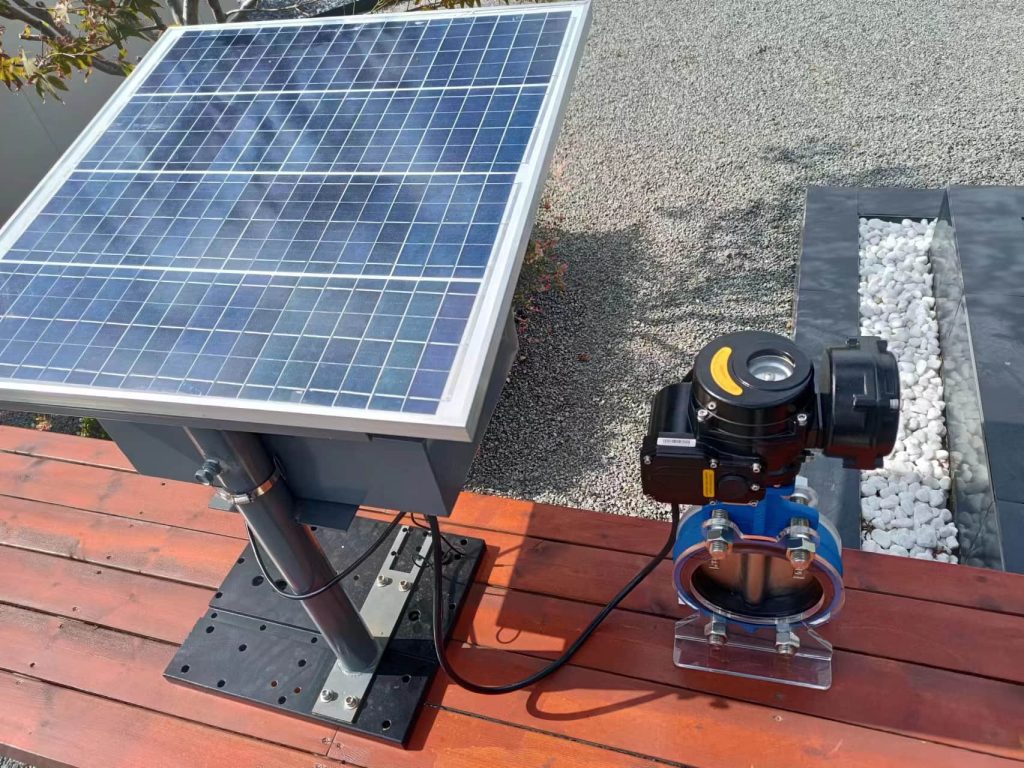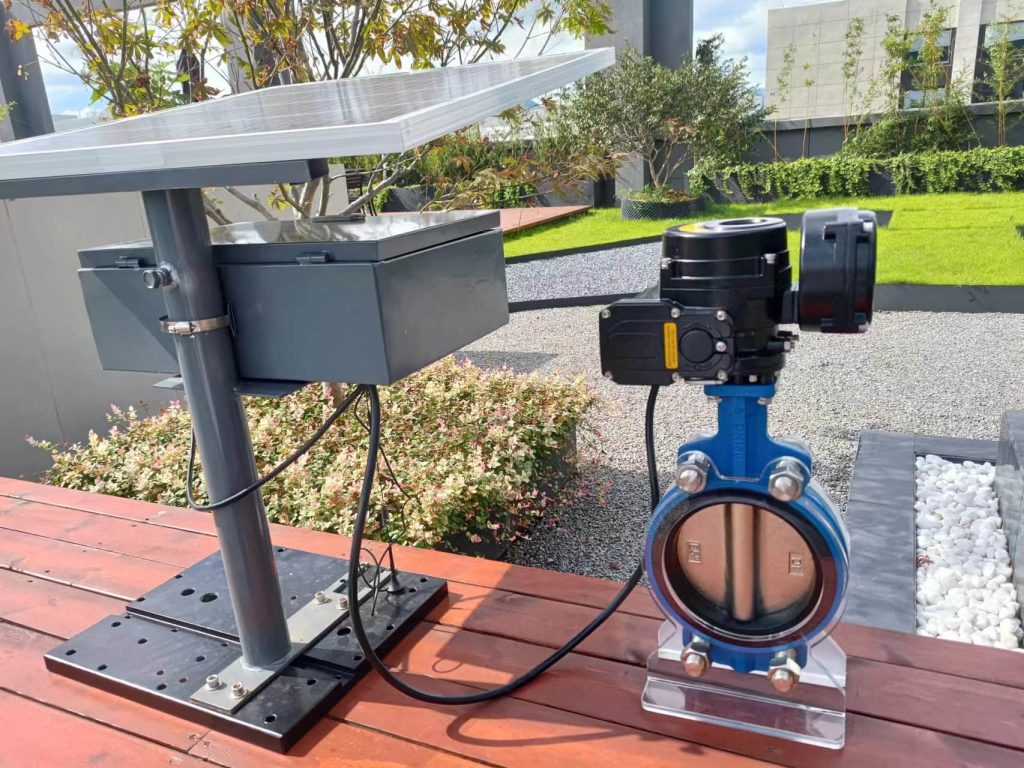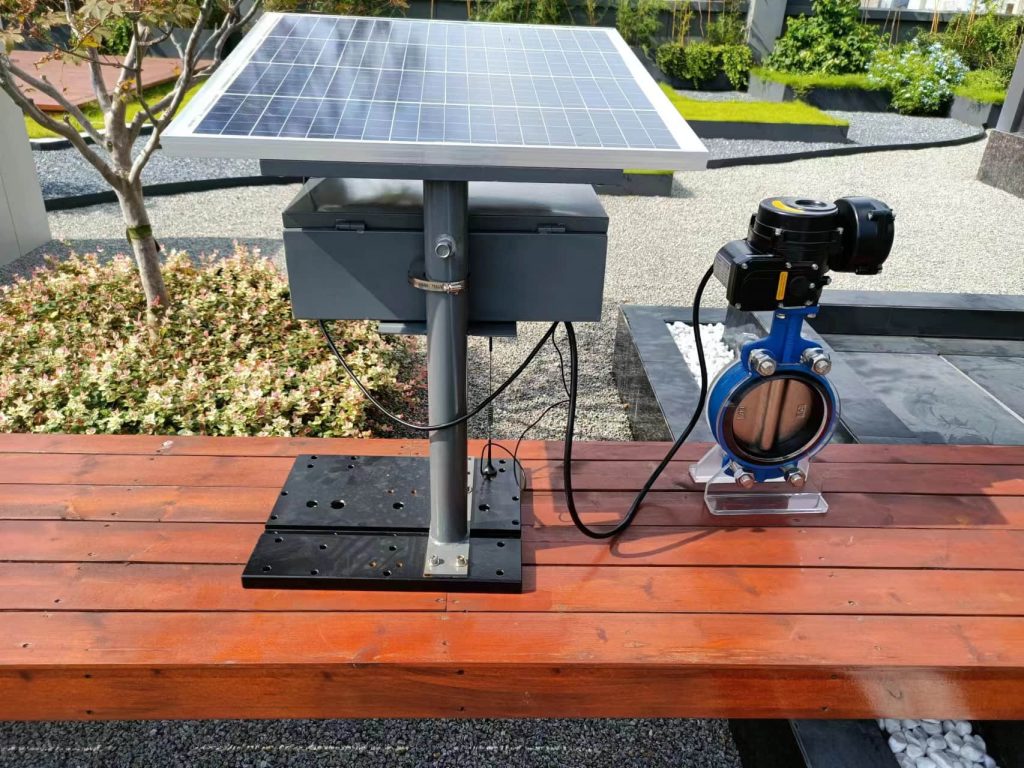In the realm of renewable energy and automation, the emergence of Photovoltaic Electric Valves (PVEVs) has marked a significant milestone. These valves, powered by photovoltaic technology, represent a fusion of environmental sustainability and efficient automation, offering a viable solution for various industrial and domestic applications.

Photovoltaic electric valves harness the power of the sun, converting solar radiation into electricity through the photovoltaic effect. This electricity, in turn, powers the valve’s operation, eliminating the need for traditional power sources such as grid electricity or batteries. This independence from external power sources not only enhances the valves’ reliability but also makes them suitable for remote locations or areas with limited access to electricity.

The design and operation of PVEVs are intricate yet efficient. The photovoltaic cells, typically mounted on the valve’s exterior, capture sunlight and convert it into direct current (DC) electricity. This electricity is then fed into a control system, which converts it to the required voltage and current to operate the valve’s actuator. The actuator, in turn, controls the opening and closing of the valve, regulating the flow of fluids or gases as per the system’s requirements. The applications of PVEVs are vast and diverse. In agricultural irrigation systems, for instance, these valves can automatically adjust water flow based on solar energy, ensuring efficient water usage and reduced operational costs. In industrial settings, PVEVs can be used to control the flow of chemicals or other fluids in processing plants, minimizing the need for manual intervention and enhancing safety.
